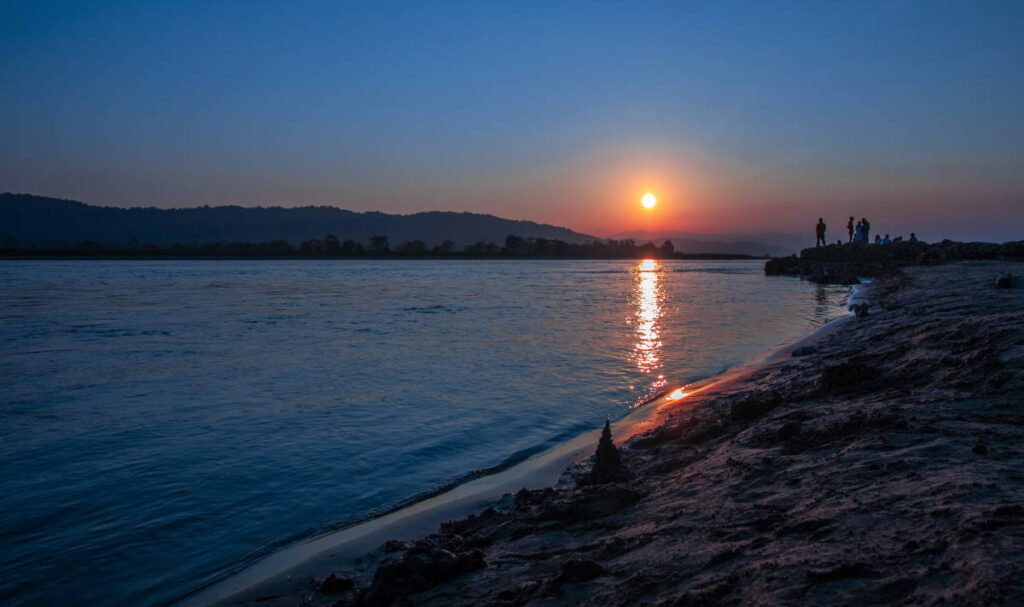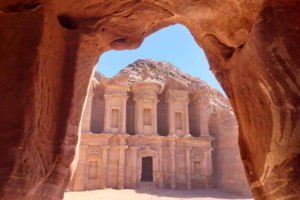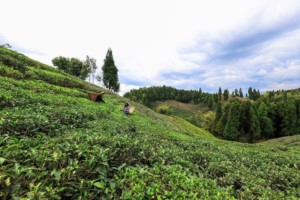Experience the ‘far side’ of Chitwan National Park, Nepal

Between waves of the pandemic, in 2021 I had the opportunity to travel around Nepal’s Chitwan National Park.
Known for its diverse wildlife, lush forests, and as one of the best places for bird watching in Nepal, Chitwan National Park is a famous destination for domestic and international travellers keen to explore Nepal’s flat plains.
Located in the Southern Central Terai of Nepal, Chitwan National Park extends over five districts: Chitwan, Nawalpur, Parasi, Parsa, and Makwanpur.

The inside track
Aayusha Prasain leads the Community Homestay Network, a social enterprise that works with hosts and communities in Nepal to develop memorable experiences for visitors.
Being only a few hours by road southwest of Kathmandu, I had been to the park many times before. I thought I knew what to expect when I was planning to travel this time.
However, I had never been to the Nawalpur or western end of the park. It had so much more to offer than I had imagined thanks to the numerous immersive experiences available to those with the time to enjoy them.
Don’t miss other “GT” Travel Experiences in Asia
I had always enjoyed my many trips to the Chitwan side; staying in hotels has its perks. However, travelling to lesser developed destinations where your visit contributes directly to the local economy is a wonderful feeling. And I can not stress enough how living with locals can be a fulfilling experience.
Staying in Barauli Community Homestay was one such experience.
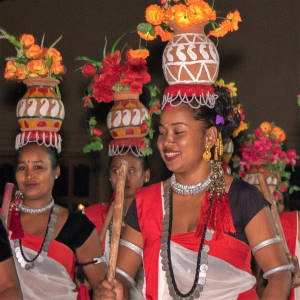
My visit to Barauli prompted me to think more consciously upon mainstream nature-based activities. I wondered who organised all the safaris, and who really benefited from our visits to places like Chitwan National Park and other conservation areas.
I also reflected upon the people who had been living in the region long before it was established as a national park. Chitwan National Park and its periphery has always been the land of the indigenous people. Surely it is they who should benefit the most from the tourism activities undertaken there.
In addition to living with and learning from indigenous Tharu people, I enjoyed an array of activities; from cycling to traditional cooking classes and one of the many ways to explore Chitwan National Park and encounter its wide range of flora and fauna.
Here’s what I did while I was there:
Learn about Tharu culture through food
Staying at Barauli Community Homestay gave me a unique opportunity to understand the vibrant Tharu culture; not only through their cultural performances, but also through more active participation, such as trying on local dresses and — my favourite activity — cooking with locals.
Cooking with my hosts not only helped me learn how to create the area’s unique and delicious delicacies like ghonghi (a snail dish comparable to French escargot), dhikri (steamed rice flour dumplings) and maccha ko jhol (fish curry), but also allowed me to start meaningful conversations with them.
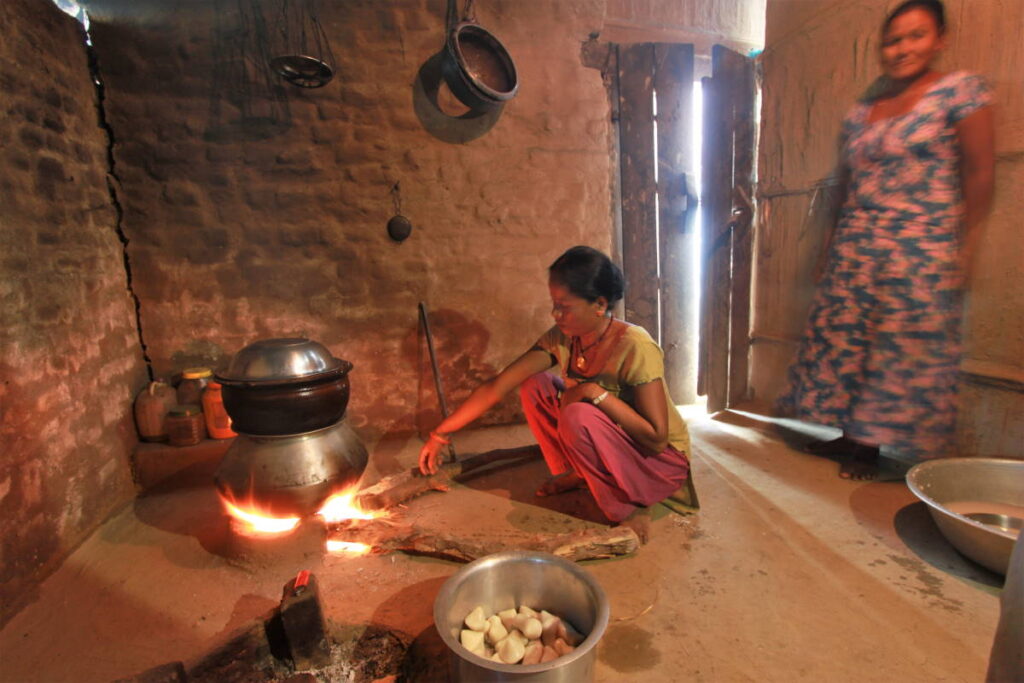
Traditional food is a way for me to understand the culture of a local community, and the geography of their place. And sharing a meal is a great bonding experience.
Participating in normal daily activities, such as food preparation, is a chance to interact with the locals and understand their way of life.
Appreciate Chitwan National Park on a guided jeep safari
I had one of the best jungle safari experiences ever in an open-hood jeep in Chitwan National Park. I spotted a few one-horned rhinoceroses, deer, and many beautiful birds, among other intriguing species.
The safari was made even more engaging thanks to Shambhu, the local nature guide. His deep passion for exploring the jungle was infectious and helped me learn more about the area’s biodiversity.
Enjoy Barauli (and a sunset) from a bicycle
I thoroughly enjoyed cycling around Barauli on my final afternoon. As the village economy is predominantly agricultural, I saw locals engaged in farming and fishing activities. It was a privilege to observe their lifestyle.
To cap it off, I reached the banks of the Narayani river in time to witness the sunset. It was a magical way to say goodbye, and it created a longing to return soon.
To me, a beautiful sunset on the last evening of a trip is the perfect way to end it.
Next time I visit Barauli I will definitely put aside more time for activities, such as bird watching, fishing, and other experiential ways to appreciate Chitwan National Park and local culture.
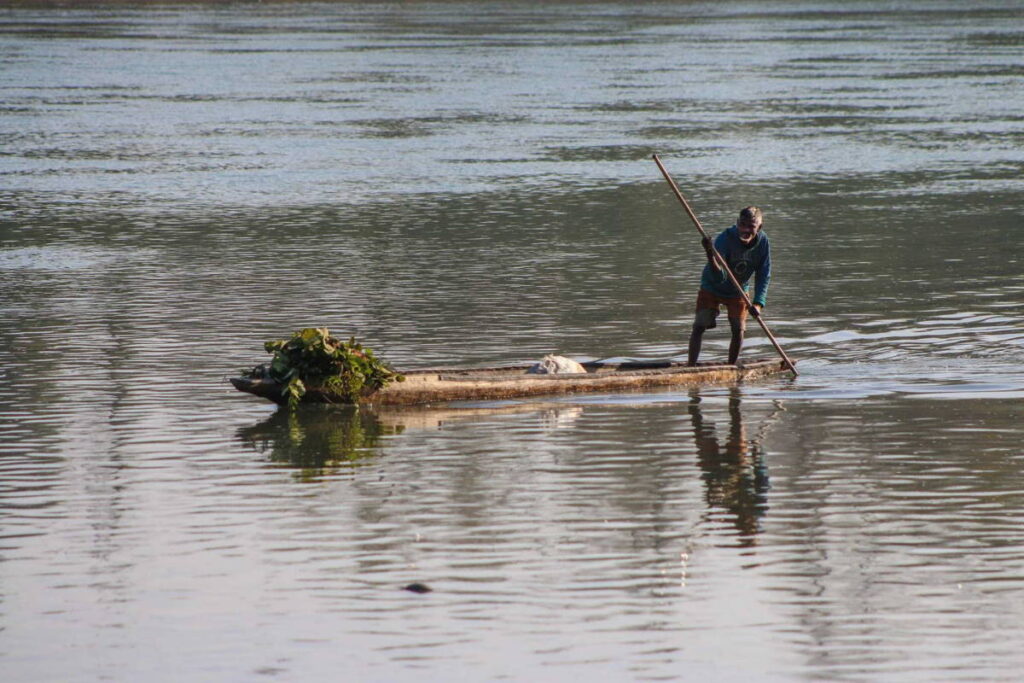
Best time to visit Barauli and Chitwan National Park
Similar to other parts of Chitwan National Park, the best time to travel to Barauli is between October and February. On the sub-tropical plains of Nepal the weather during this time is perfect. It is neither too hot nor too cold.
However, the best time to visit also depends on what you’d like to see and experience. For example, if you want to increase your chances of spotting wildlife, including tigers, you should plan to travel between January and March.
How to get to Barauli
The easiest way to get to Barauli from Kathmandu is to take a flight to Bharatpur. The flight takes about 20 minutes. Barauli is also connected to other major cities like Pokhara and Lumbini.
From Bharatpur, you have two options. You can take a taxi straight to Barauli, which takes about 90 minutes. Or you can take a local bus to Narayanghat.
From Narayanghat, you can take a local bus to Danda Bazar, from whence you can take a tuk tuk to the homestay.
Alternatively, Community Homestay Network can help to book and manage your stay at Barauli Community Homestay.
Featured image (top of post): “I had one of the best jungle safari experiences ever in an open-hood jeep in Chitwan National Park.” Image courtesy of Community Homestay Network.
Where is this?
For the coordinates of the “GT” Travel map pin representing this “GT” Travel Experience, Aayusha nominated Barauli Community Homestay. It is part of the Community Homestay Network that she leads. Aayusha thinks that there is no better way to understand a place than living like one of the locals.
Barauli Community Homestay
Barauli, Kumarwarti, Nepal
Tel: +977 980 333 2373 | Facebook
Community Homestay Network
Lal Durbar Marg, Kathmandu 44600, Nepal
Tel: +977 980 190 2572 | E‑mail: [email protected]
